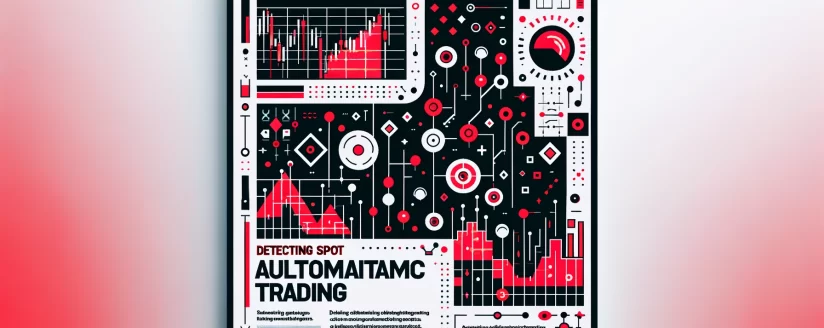In the high-octane world of trading, Scalping stands out as a fast-paced and exciting strategy. This article delves into the intricacies of scalping, debunking myths, and showcasing real-life trading examples to guide both novices and seasoned traders.
What is Scalping?
Scalping is a trading style focused on profiting from small price changes. It demands a strict exit strategy and tight risk management. Scalpers aren’t looking for big moves; they aim to capture quick momentum shifts in the market. Typically, they target a one-to-one or two-to-one risk-reward ratio.
Time Frame for Scalping
The most effective time frames for Scalping are the five-minute and one-minute charts. The five-minute chart is particularly popular as it balances the frequency of trading signals with manageable market noise, making it ideal for beginners and experts alike.
Myths About Scalping
A common myth about Scalping is the need for a high volume of trades. In reality, quality trumps quantity. Successful scalpers often take just one or two high-quality trades a day, debunking the notion that scalping always involves numerous daily trades.
Identifying Scalping Opportunities
Key to successful Scalping is identifying robust trading opportunities. This involves looking for key levels like support, resistance, supply, and demand zones, and trend lines. Scalpers must test and adapt various technical tools to find what works best for them.
Live Example of Scalping
A real-life example of Scalping involved targeting a quick one-to-one or two-to-one trade based on market uptrends and key support levels. The trader entered the market upon observing bullish signals at support and exited quickly after securing a profitable move, demonstrating the efficiency of scalping.
Scalping is a dynamic and rewarding trading style that suits traders looking for quick market wins. By understanding its principles, using appropriate time frames, and focusing on high-quality trades, traders can efficiently capitalize on short-term market movements. Remember, successful scalping requires practice, patience, and a solid grasp of market analysis techniques.










